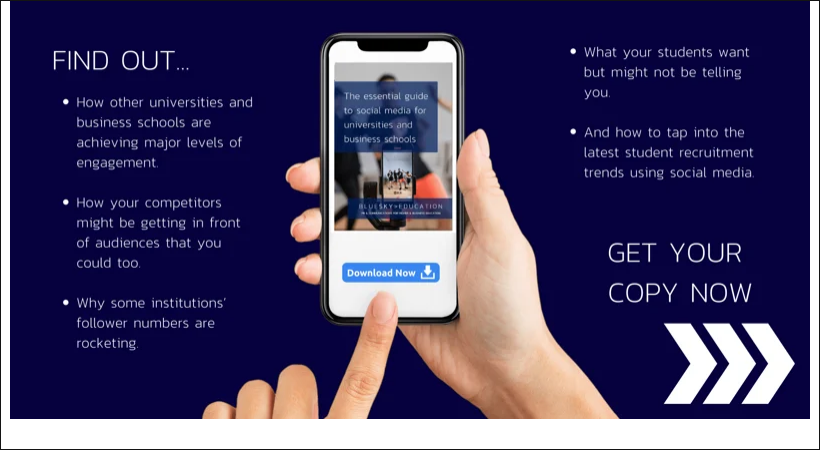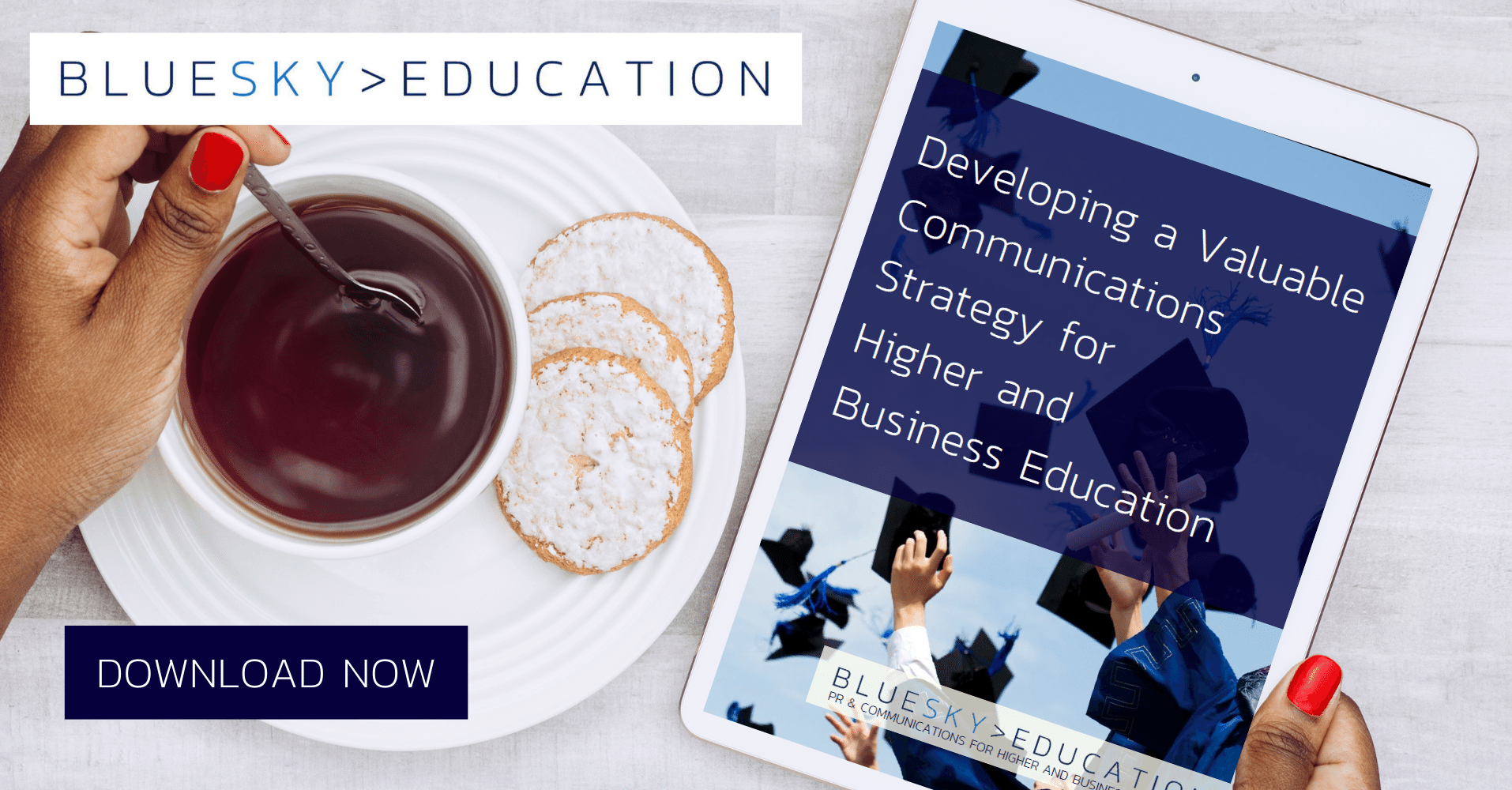When it comes to planning your next PR campaign, you need to consider all aspects of your approach. PR is more than just media relations, it often involves all aspects of external communications and, with the increase in digital platforms to share content on, it is important that your campaigns are managed strategically.
One way you can do this by having a 360 PR campaign. This means you have an integrated campaign with a focused message that is spread across multiple platforms. In other words, when a brand employs a PR strategy that covers online publications, print, and social media and are all tied together by a central key message.
Why should you do a 360 PR campaign?
One of the main goals of a business school or university is to increase student recruitment, and a 360 campaign can be impactful in achieving this. This is because it helps maintain a solid presence across multiple channels, both online and offline, and this ensures consistency in messaging. Doing this will also deliver great exposure, helping give you an edge over your competition - all these things contribute to improved brand recognition.
Having a 360 campaign also means that you will not be relying on a single method of reaching your audience, and it makes your institution more flexible and quicker to adapt to market trends. Furthermore, it means that you can pivot with ease when consumer needs and preferences change.
What platforms/channels should you focus on?
The platforms/channels you use are essential to the success of your campaign and I’ll delve further into how you should find out which one to use but, firstly, I’ll focus on the platforms that are commonly used:
-
Social media
Social is often considered a key tool for businesses everywhere to reach their audience. People across generations are on some form of social media – whether that’s the likes of LinkedIn, Twitter, Facebook, Instagram, or even TikTok.
-
Both print and online news publications
News publications are a fantastic medium for your 360 campaigns because they are considered trustworthy. Your audience are more likely to trust a news story which features your institution because you haven’t paid for it. Unlike advertising, you are relying on a third party to be interested in what you have to say, and then to publish it.

-
TV, radio and podcasts
As well as print and online, TV, radio and podcasts are important. While online and print often take priority, you shouldn’t forget about these broadcast mediums as they often give you air time to discuss certain topics, but also allow your audience to get to know the spokesperson from your institution and give them a good feel of what to expect from it.
As well as the platforms you focus on, you can also mix up the content you produce – and this depends on the medium. If you’re prioritising social media, then create video content for TikTok, carousels for Linkedin, and both video and images for Instagram.
For other mediums, press releases are incredibly effective for promoting research and programme announcements as it portrays your news in a short snappy way. For more in-depth discussion, op-eds and radio/TV interviews are fantastic.
It’s important to mix up the content you produce, as well as the platforms you use.
How to have a successful campaign
A successful 360 campaign requires a lot of thought, you need to ensure that you place your messaging on the correct platforms, and refine that message to cater for each audience. But how can you do this? The most important thing is to do your research!
You need to take the time to research what platforms/channels your target audience use, which publications are they reading? Do they also like to get their news via social media - are they mainly on LinkedIn, or do they prefer a more visual approach such as YouTube?
There are so many different platforms/channels that people use and this is why it is important to have a 360 approach. You want to ensure that you reach all the relevant people but even if people have the same interests, they often read different media and use different platforms.
You also need to find out what your target audience think about your brand, what areas do you need to focus on – do you need to work on promoting your masters, or do you want to prioritise your MBA? Promote expertise in certain topics? Share your ethos? Working out the brand message your institution wants to put forward and identifying your selected audiences will help inform your campaign.
And finally, make sure that there is cohesiveness throughout your whole campaign. You are using multiple platforms/channels throughout so it is important that, while you’re tailoring your message to each platform and audience, the basis of the message is the same.
Katie is an education communications specialist with journalistic flair thanks to a degree in Multimedia Journalism and a stint as a reporter at the Financial Times.







